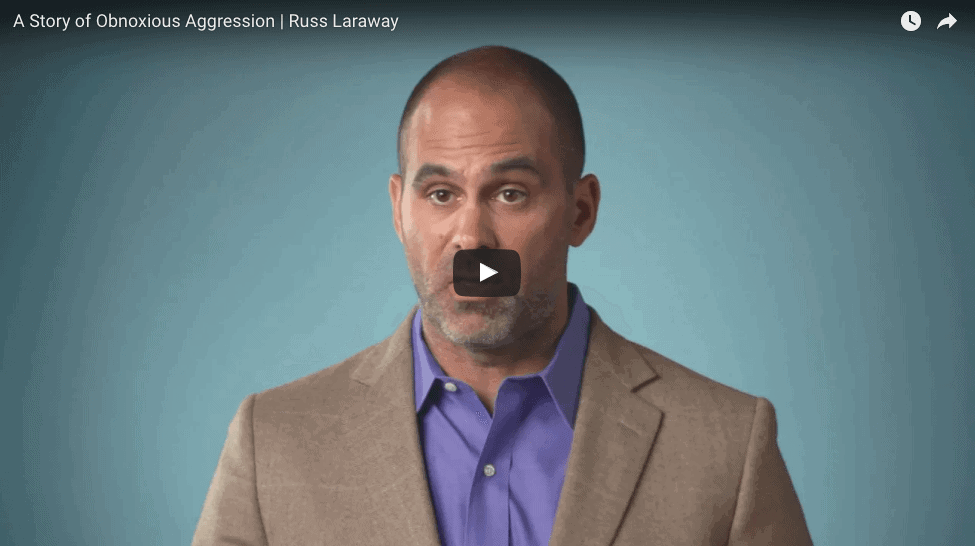How to Receive Feedback: 6 Tips for Receiving Feedback Well
Russ Laraway wrote this post about how to receive feedback. The chief people officer at Goodwater Capital who also developed Career Conversations,...
8 min read
Dan Green Aug 14, 2024 3:34:34 PM

Dan Greene is an accomplished leader with a talent for growing and scaling organizations and inspiring teams to achieve exceptional results. This includes leading and scaling sales organizations at Google, Twitter, Impossible Foods, and several growth-stage tech startups. As Radical Candor's Chief Revenue Officer, Dan leads our Go-To-Market teams focused on growing Radical Candor’s global business.
I love leading teams. I love figuring out how you motivate and inspire a group of people to achieve big audacious goals. I love helping create a culture where people feel empowered, supported, and inspired to do their work.
I love creating an environment where people can think creatively and critically and feel safe expressing their ideas and putting them into action.
I love getting to know my teams, what makes each individual tick, and helping them develop, grow, and achieve their dreams. Leading teams is tough, challenging, and can be lonely and thankless at times, but it’s also incredibly rewarding and fulfilling when done right.
I’ve been lucky enough to lead teams for a long time now. I can trace my leadership beginnings to roles in student government and athletics back in Middle School and High School. My training and experience continued to a variety of leadership opportunities at the Naval Academy and then numerous management positions over the course of 11+ years in the Navy.
Over the past 15 years since leaving the Navy, I’ve had the privilege of leading a variety of teams and groups in the Tech Industry. I have learned that leadership is as much an art as it is a science. As such, it’s something you never really stop learning about. Every experience has taught me new lessons, new ideas, and new techniques.
Need help leading teams? Let's talk!

I’ve tried to capture the most important lessons I’ve learned and have written them down in a Google doc. I usually add a new lesson every year. And often I share this doc with other managers and individual contributors who are learning to lead. I figured I’d finally try to share these leadership lessons more broadly than my network.
The complete list is shown below. Believe it or not, it’s condensed from its original form, but it’s still long. Hopefully, this is something that people can reference from time to time and come back to when they have a free moment.
I would love to hear your thoughts and comments and certainly would enjoy hearing about leadership lessons you have learned via your own experiences that I haven’t captured here in this list.

If you understand the importance of receiving feedback in the workplace, then you need The Feedback Loop (think Groundhog Day meets The Office), a 5-episode workplace comedy series starring David Alan Grier that brings to life Radical Candor’s simple framework for navigating candid conversations.
We’re offering Radical Candor readers 10% off the self-paced e-course. Follow this link and enter the promo code FEEDBACK at checkout.

Russ Laraway wrote this post about how to receive feedback. The chief people officer at Goodwater Capital who also developed Career Conversations,...

We want to help you create a culture of great feedback. In order to do that, we think you need to give feedback, get feedback, encourage feedback and

We recently shared a video of Russ telling a story about Ruinous Empathy. He talked about a time when he withheld his direct challenge in order to be...